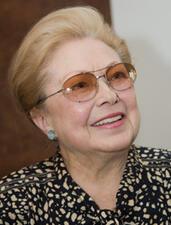Politics and Government
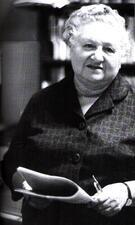
Fanny Klenerman
A lifelong rebel, a trade unionist, and a Trotskyite, Fanny Klenerman is chiefly associated with the Vanguard bookshop, an icon in left-wing circles in Johannesburg, South Africa, during the period 1931 to 1974.
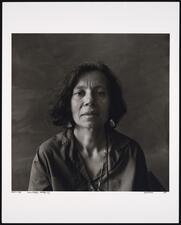
Irena Klepfisz
Irena Klepfisz is a poet whose legacy is key to the history of Jewish, American and lesbian literature. Klepfisz is also a pioneer of the recovery of Jewish and Yiddish women’s writing, to which she has dedicated translations, research, teaching, and activism.
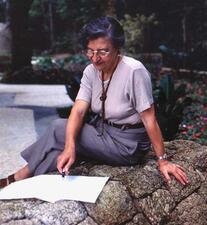
Rosa Grena Kliass
Rosa Kliass is a trailblazer in the field of Brazilian landscape architecture. After graduating from university, Kliass established the first landscape office run by a woman in Brazil. Kliass’ extensive experience in public works, combined with a broad interdisciplinary approach, led her to serve as a consultant to several governmental institutions.
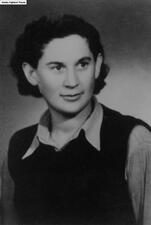
Chajka Klinger
Chajka Klinger, a member of Ha-Shomer ha-Za’ir, was active in the resistance against the Nazis in Bedzin and Warsaw. Her mission was to live, so that she could keep the flame and memory of resistance alive. Her diaries were the first written evidence about the Warsaw Ghetto uprising to escape Nazi Europe.
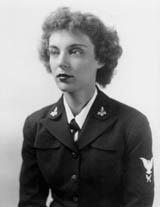
Bebe Koch
Irene Caroline Diner Koenigsberger
A distinguished chemist credited with discovering the molecular structure of rubber, Irene Caroline Koenigsberger refused to patent her work, making her discovery available to all. She was also an important figure in the Washington, D.C. Jewish community, cofounding Temple Sinai and the B’nai B’rith Hillel at George Washington University.
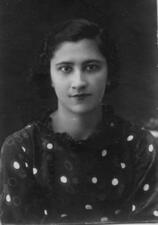
Leike Kogan
Lía Gilinski de Kogan, known as Leike Kogan (1911-2001), was a prominent activist in the Yiddisher Kultur Farband (YKUF/ ICUF) and its women's movement (Organización Femenina del ICUF, OFI), linked to the Yiddish-speaking section of the Argentine Communist Party. She stood out as a leader and teacher in the schools belonging to this network.
C. Marian Kohn
A product of the Progressive Era and conservative Philadelphia German Jewish society, C. Marian Kohn was a social worker and tireless advocate for working women in the early twentieth century.
Esther Loeb Kohn
Esther Loeb Kohn helped bridge the gap between Chicago’s volunteer and professional social workers and spent thirty years running the Hull House settlement whenever founder Jane Addams was away on her frequent travels.

Rebekah Bettelheim Kohut
Kolech: Religious Women's Forum
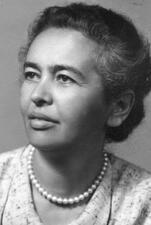
Malka Kolodny
Malka Fisz Kolodny served as one of the first teachers in pre-State Palestine. She taught subjects ranging from basic literacy to chemistry and biology and encouraged, counselled, and supported her students, staying in touch with them for years.
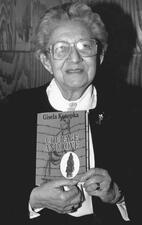
Gisela Peiper Konopka
Berlin-born Gisela Konopka built an international reputation as a group social worker and expert on youth issues. Lauded for her involvement in the rebuilding of social services and education in post-war Germany and beloved by her students at the University of Minnesota, Konopka received more than 42 awards in her lifetime.
Rabbi Abraham Isaac Kook

Bonnie Koppell

Rozka Korczak-Marla
Rozka Korczak-Marla was active in underground resistance during World War II, serving in the United Partisan Organization to smuggle weapons into the Vilna Ghetto and help Jews escape. After the war she immigrated to Palestine and settled into kibbutz life.
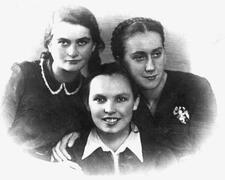
Lonka Korzybrodska
Lonka Korzybrodska was an active member of He-Haluz, a resistance movement during World War II. She participated in missions until her capture and died imprisoned in Auschwitz in 1943.
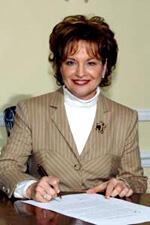
Julia Koschitzky
An activist, philanthropist, and leader of Canadian and world Jewry, Julia Koschitzky was born in Cardiff, Wales, the daughter of Max Podolski and Elli (Moses) Podolsk. The family relocated to Canada in 1949, eventually settling in Toronto in 1956. Julia and her husband Henry Koschitzky became involved in communal leadership and philanthropy, specifically in Jewish education and social welfare, and she took on active roles in Jewish affairs both in Toronto and around the globe.
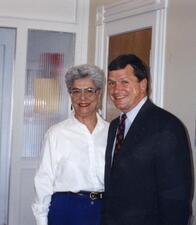
Marcia Koven
Marcia Koven was the founding curator of the Saint John Jewish Historical Museum, one of a number of museums dedicated to Jewish history in Canada’s Maritime Provinces. Her work inspired other Jewish museum projects in Atlantic Canada, and she held a number of other leadership roles related to Jewish life and history.
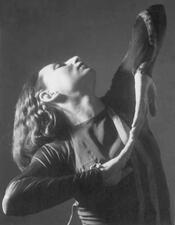
Gertrud Kraus
Phyllis A. Kravitch
Phyllis A. Kravitch was the third woman circuit court judge in the United States. One of the first female trial lawyers in the South, Kravitch became the first woman president of the Savannah Bar Association in 1973 and served as the first woman superior court judge in Georgia. She also established a rape crisis center and shelter for women survivors of domestic violence.

Esther Kreitman
Esther Kreitman was the sole female writer in what many consider to be the most prominent family in the history of Yiddish literature, that of brothers I.B. and I.J. Singer. Krietman’s most notable contributions to Yiddish literature include her writings in support of the Haskalah and her autobiographical novel, Der Sheydim Tants (Deborah).
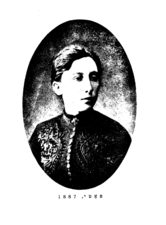
Pati Kremer
Pati Kremer was one of the pioneers of the Jewish workers’ movement in Eastern Europe. Already an active member in the 1890s of the so-called Vilna Group, the precursor to the Bund, she remained closely associated with the Jewish workers’ party until her death in the Vilna Ghetto.
Miriam Kressyn
Miriam Kressyn was that rare talent known for both her performances and her work as a historian of the Yiddish theater. Kressyn performed with Julius Nathanson’s, Maurice Schwartz’s, and Aaron Lebedeff’s Yiddish theater troupes and toured Argentina and Europe. For over forty years, she and her husband hosted the radio program Memories of the Yiddish Theater.
